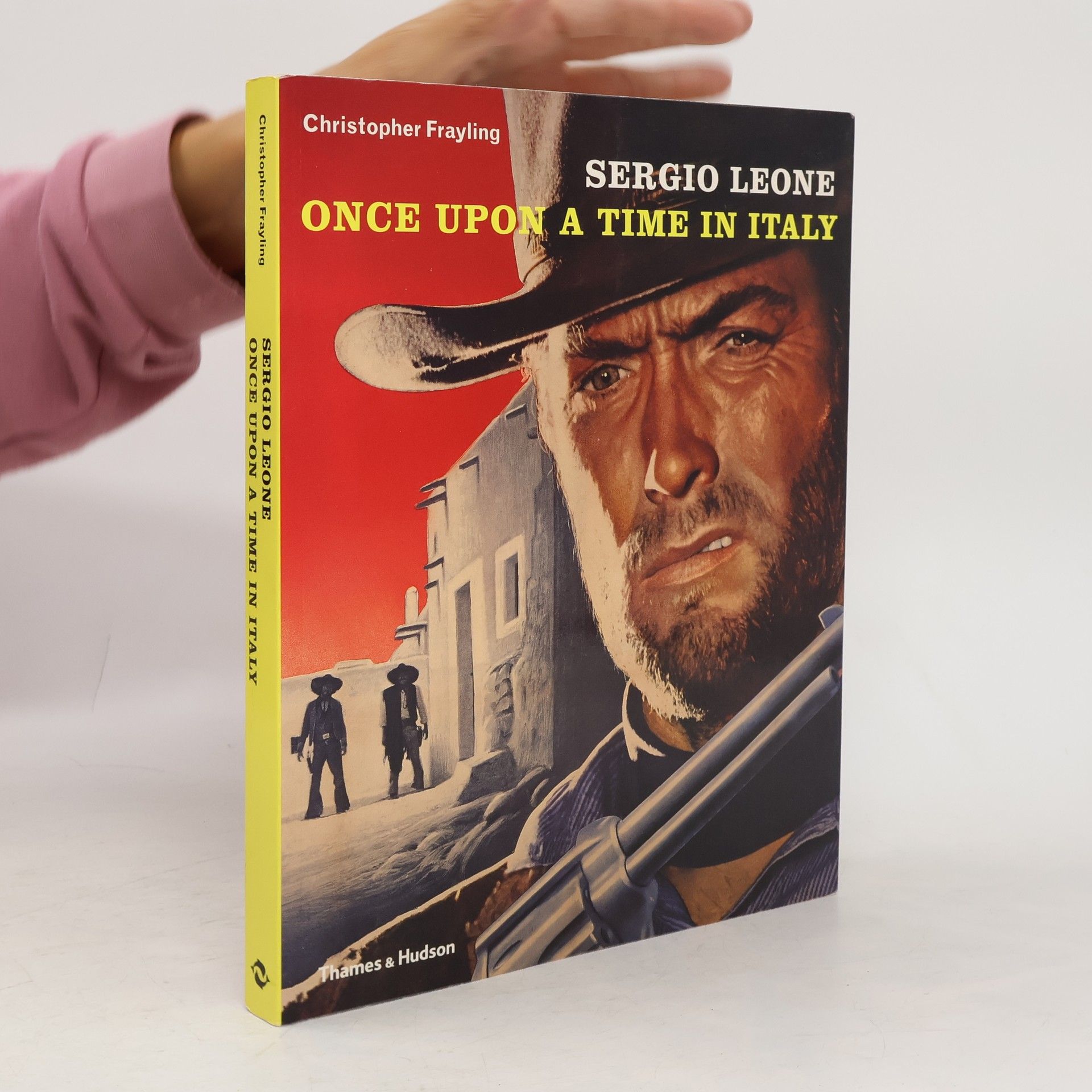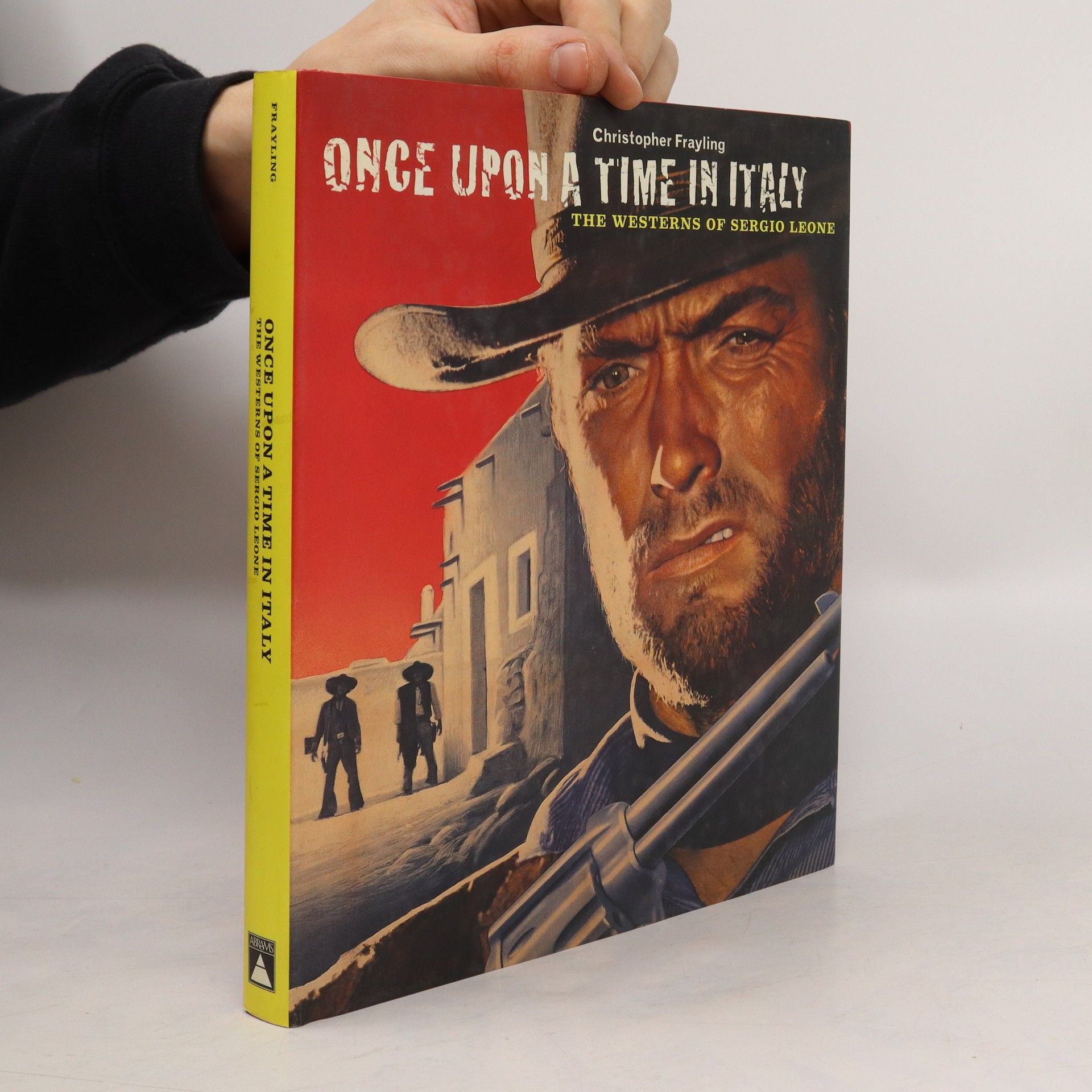This visual feast celebrates classic vampire cinema?mainstream and niche?through the many colorful ways in which the key films have been marketed and consumed.0F.W. Murnau's haunting film Nosferatu had its premiere in Berlin in March 1922. Bram Stoker's widow, Florence, tried hard to sue the production company for breach of copyright but had to settle in the end for a court order to destroy all prints and negatives. The film kept resurrecting, though, and is now considered the first, and one of the greatest, of all vampire movies?the founder of a dynasty of prints of darkness.0The bloodline has spread from Nosferatu to Hollywood's Dracula and progeny (1931?48); from Hammer's Dracula/Horror of Dracula and sequels (1958?74) to versions of Sheridan Le Fanu's story ?Carmilla? and other lesbian vampires (1970?2020); from the bestselling novels 'Salem's Lot and Interview with the Vampire to vampires who have shed their capes, hereditary titles and period trappings to become assorted smalltown oddballs, addicts, delinquents, psychopaths, rednecks, fashionistas, gay icons, comedians and even comic-book heroes (1975?2022).0This book is dripping with stills, posters, artworks, press books?many of which have not seen the light of day for a very long time?and is authored by cultural historian and connoisseur of the Gothic Christopher Frayling, who has been called ?the Van Helsing de nos jours.?
Christopher Frayling Book order






- 2022
- 2022
A comprehensive anthology of vampires in literature, from Dracula to Twilight. Christopher Frayling has spent 50 years exploring the history of one of the most enduring figures in the history of mass culture - the vampire. Vampyres is a comprehensive illustrated history of vampires in literature, from the folklore of Eastern Europe to the Romantics and beyond. Frayling recounts the most significant moments in Gothic history, while extracts from a huge range of sources - including Bram Stoker's detailed research notes for Dracula, penny-dreadfuls and Angela Carter's The Lady of the House of Love, are contextualized and analysed. This revised and expanded edition brings Vampyres up to date with 21st-century vampire literature, including new text extracts, commentary and a revised introduction. Christopher Frayling also explores the development of the vampire in the visual arts, with illustrations ranging from 17th-century prints to 21st-century film stills, demonstrating the enduring appeal of the vampire from popular press to fine art and, finally, to film.
- 2019
The French New Wave is one of the most important movements in the history of film. Its fresh energy and vision changed the cinematic landscape and it has had a seminal impact on pop culture. The poster artists tasked with selling these Nouvelle Vague films to the masses were at the forefront of a revolution in art, graphic design and photography. This volume is a visual celebration of their explosive and ground-breaking poster art.
- 2019
Cinema: The Whole Story
- 576 pages
- 21 hours of reading
Cinema: The Whole Story takes a close look at the key time periods, genres and key works in world cinema. It places the burgeoning world of cinema in the context of social and cultural developments that have taken place since its beginnings. Organized chronologically, the book traces the evolution of cinematic development, from the earliest days of film projection to the multiscreen cinemas and super-technology of today. Illustrated, in-depth text charts every genre of cinema, from the first silent films to epic blockbusters, CGI graphics and groundbreaking effects of the 21st century. Cinema: The Whole Story is an indispensable book for all those who love watching and reading about films and who want to understand more about the world of cinema.
- 2013
The Innocents
- 119 pages
- 5 hours of reading
Sir Christopher Frayling explores the journey from Henry James's original novella, The Turn of the Screw, via critical debates and the stage version of The Innocents, to the screenplay by Archibald, Capote and Mortimer. Making full use of the unpublished Jack Clayton archive, the book also includes interviews with Deborah Kerr and Freddie Francis.
- 2009
This delightful compendium focuses on one of the best-loved poems in the English language, but in the process it takes the reader on an engaging romp through the literary, intellectual, and cultural world of the eighteenth century. It brings alive a host of engaging characters: Horace Walpole himself (one of the great letter writers of all time, wit, raconteur; the curmudgeonly Dr. Johnson (who nevertheless had a very fine cat indeed ) and his sometimes recalcitrant biographer James Boswell; and a cast of handsome cats, including Selima and Zama.In February 1747, Selima the tabby fell into a Chinese blue and white porcelain tub in Walpole s house in London s Mayfair and never returned to dry land. The poem by Thomas Gray, Ode on the Death of a Favourite Cat, Drowned in a Tub of Gold-fishes, was written as her mock epitaph. Here is the true history of the event, and a look at the sparkling social and cultural life of the period. It is beautifully illustrated with Richard Bentley s original series of designs for the poem, William Blake s wonderful watercolors of some fifty years later, and the unpublished color illustrations produced in the 1940s by the noted children s book illustrator Kathleen Hale, of Orlando the Marmalade Cat fame.
- 2008
In the mid-1960s, an unknown Italian film director, Sergio Leone, made A Fistful of Dollars, the first in a trilogy of films that came to define the spaghetti western. The films that complete the trilogy, For a Few Dollars More and The Good, the Bad and the Ugly, are, like the first film, violent, cynical and visually stunning, and together they form the backbone of an important film genre that has influenced many contemporary filmmakers. This book, newly available in paperback, is an authoritative, in-depth study of Leone and the ItalianWestern by film expert and cultural historian Sir Christopher Frayling. Featuring analyses of and interviews with all the key players, including Leone himself, it forms a wonderful tribute to one of the master filmmakers of the 20th century.
- 2006
Over 400 Spaghetti Westerns were produced during the 1960s and 1970s peak period. This book deals with several interesting examples, not to mention French, German, and Russian Westerns along the way.
- 2005
An illustrated exploration of the mid-twentieth-century filmmaker's "spaghetti westerns" considers his role in defining the genre, his visual style and elliptical storytelling methods, and his creation of such works as A Fistful of Dollars and Once Upon a Time in the West. 12,500 first printing.


